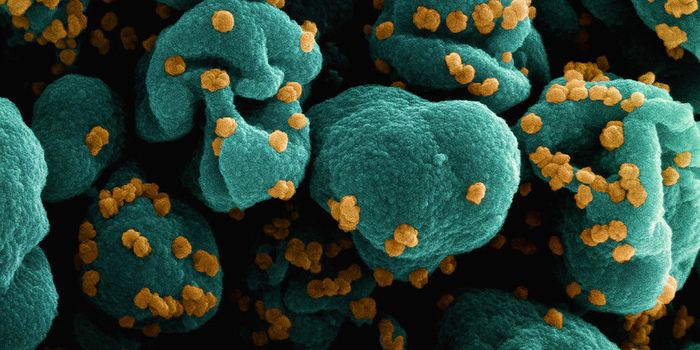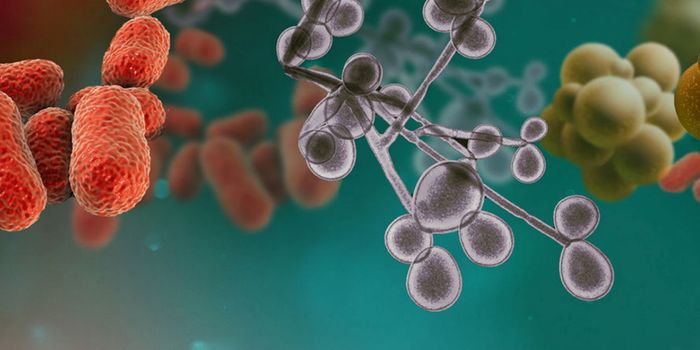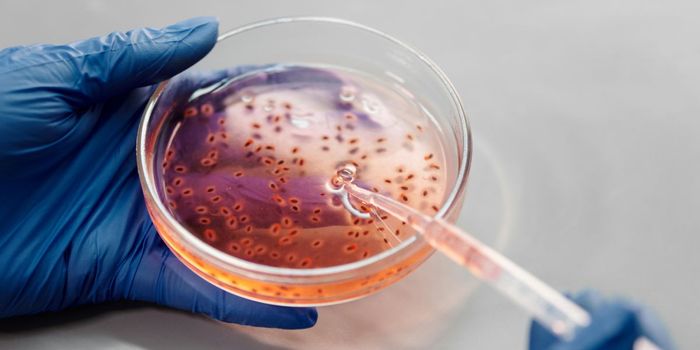Halting the Assembly of Dangerous Paramyxoviruses Like Nipah
The paramyxovirus family includes serious pathogens that can cause pandemics, including ones that lead primarily to milder illnesses, such as measles, and deadly viruses with high mortality rates, like Nipah. Mumps, canine distemper, and Newcastle disease virus are also members of the paramyxovirus family. Researchers have recently gained new insights into how measles and Nipah viruses infect host cells and replicate. The findings can help scientists create antiviral therapies for these viruses. The work has been reported in Science Advances.
Measles is the most infectious virus people have ever encountered, noted co-study author Michael Norris, Ph.D., now of the University of Toronto. "If one person with measles coughs in a room with 100 unvaccinated people, around 90 would become infected." While Nipah is not that contagious, "it is incredibly lethal, with between 40 percent and 90 percent of infections causing death. Just imagine if a paramyxovirus emerged that was as contagious as measles and as deadly as Nipah," suggested Norris. With the COVID-19 pandemic still ongoing, and some experts sounding alarms about monkeypox, such a scenario is not difficult to envision.
But now, scientists have learned how paramyxoviruses assemble, solving a "long-standing mystery," noted co-senior study author and LJI Professor Erica Ollmann Saphire, Ph.D.
With various imaging tools, such as electron microscopy, the researchers were able to view the process, and in particular, the role of viral molecules called matrix proteins in viral assembly. While the measles and Nipah genomes are not that similar, the researchers noted that their matrix proteins are, so drugs targeting the matrix proteins could apply to both viruses.
When host cells are infected, matrix proteins assemble at the inside of a cell's membrane, creating a lattice. Matrix proteins give shape to a virus, and drive viral assembly; they orchestrate other proteins that are required to produce more virus. The matrix protein lattice pushes the host cell membrane out as viral assembly progresses. The bud that pushes out from the cell membrane attracts more viral proteins to the area. After all the necessary parts are in place, the bud splits off from the host cell, thus releasing another virus that goes on to infect a new host cell.
"This study succeeds by identifying how paramyxoviruses are able to utilize a host cell lipid for viral spread," noted co-senior study author Professor Robert Stahelin, Ph.D. of Purdue University. "This work will inform future drug discovery endeavors."
There are other antiviral drugs that target assembly, such as the HIV therapeutic Lenacapavir, which is currently in clinical trials.
In this study, the assembly of measles and Nipah was examined. Together, two matrix proteins form a dimer, and if this dimerization can be blocked, viral assembly is halted.
Matrix proteins were also found to bind to a lipid called PI(4,5)P2 that sits in the membrane of host cells, and after they are anchored there, it creates places in the cell membrane for viral assembly to take place. Nipah virus matrix proteins are able to alter their structure, which opens a pocket where the PI(4,5)P2 lipid can bind. This pocket only forms after the host cell membrane is bound, making it a good target for inhibition. "This was an extremely exciting aspect of the study," said Norris. Once the PI(4,5)P2 pocket is open, the new structure of the matrix proteins promotes lattice assembly.
Measles is still a major pathogen, so new therapeutics could benefit many people. Other paramyxovirus therapeutics might benefit agriculture; Newcastle disease has caused millions of poultry deaths.
The researchers are planning to continue to investigate the viral assembly process, matrix proteins, and their interactions.
Sources: La Jolla Institute of Immunology (LJI), Science Advances









